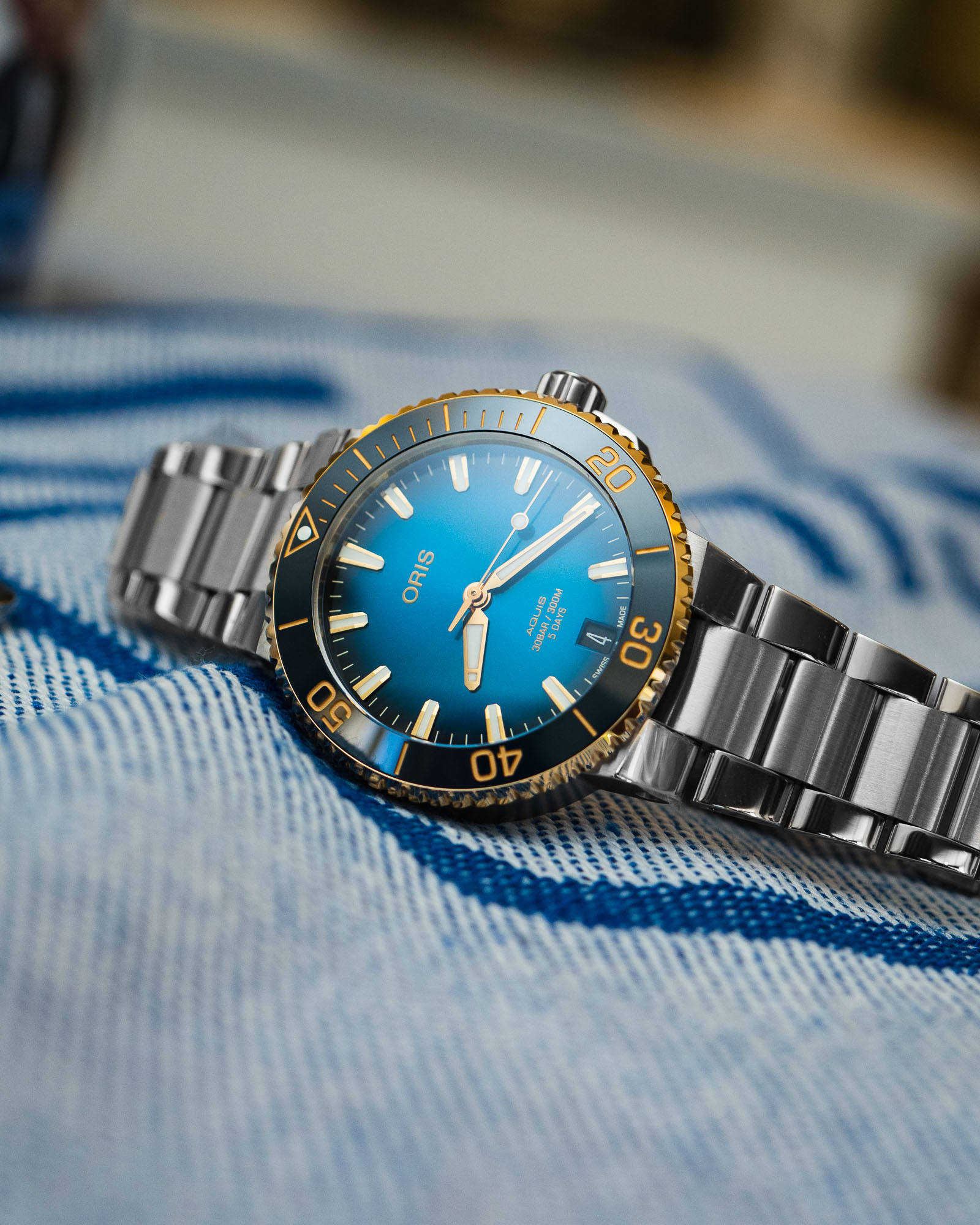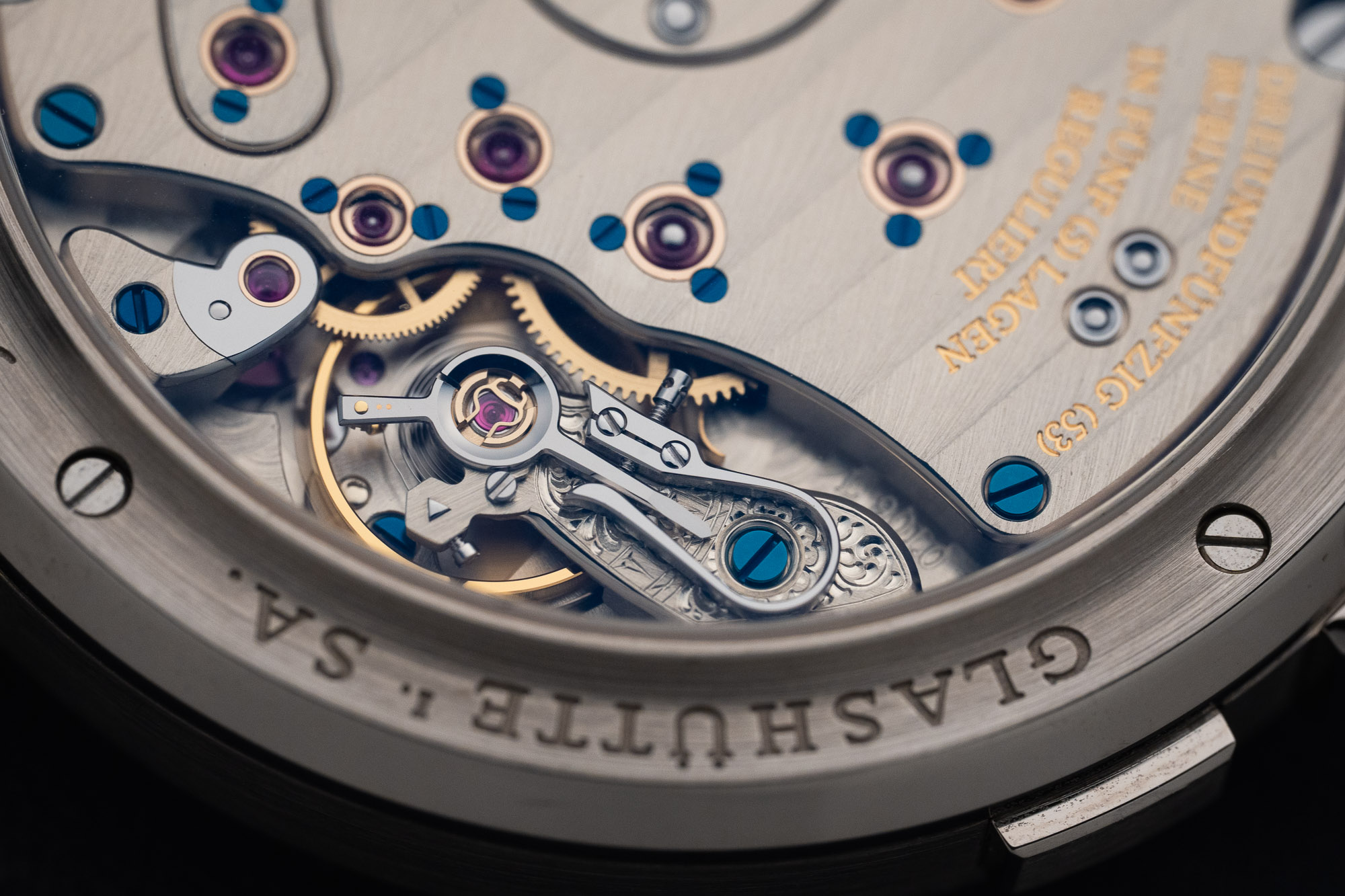Is Anyone Listening? Watch Enthusiasts Will Never Be 100% Satisfied
If one were trying to list every debate watch enthusiasts can possibly have, the list would have more components than even some of the most complicated movements. Okay, maybe not the Vacheron Constantin 57260 with almost 3,000 individual parts, but the list would be extremely long. On this ever-growing, repetitious, and quite nauseating list of disputes lies a simple answer. Watch enthusiasts will almost never be happy — and that is okay. I say “almost” because there are some occasions when our micro-mechanical obsessions do leave us feeling very gratified. Yet, we always come back for more. Why do we come back? Why do we continue to nitpick? How do our views change after we spend more time parlaying with our peers? Let’s split this into two separate categories for the sake of this discussion. The first will be the physical watches themselves, and the second will be the human aspect.
The Watches Themselves
In the 21st century, wearing a wristwatch has very little practical utility when the time is more accurately displayed on an array of Internet-enabled devices, and if it is not displayed, odds are you can just ask it (I’m looking at you, Alexa) for the time. Yet, we still spend anywhere from pocket change to exorbitant amounts of money on (relatively) inaccurate means of telling time. This simple fact here is that watches, in most forms, are a luxury.
Luxury items are inherently expensive and redundant, and cater to our most base neurological satisfactions. They make us feel good. Whether it be the feeling of additional weight to remind you that your watch is made from precious metal or ultra-supple fine-grained leather, or even the looks strangers give you when they see the iconic logo embossed over your luggage. You know they are wondering, “What does it cost? Is it real or fake?” These interactions, whether wanted or warranted, grant us satisfaction through personal or external affirmation. The more acquainted we get with the concept of luxury, the more we feel we understand it and what a luxury item should be.
When we distill watches down to the primary components that the general public associates with luxury watches, we have Swiss Made and automatic movements. For watch nerds, this could simply be classified as a watch with an ETA movement. (Yes, I know there are other fantastic Swiss-made movements, but hang in there.) Swiss-made ETA movements have been prolific for decades, being used in watches at all price points — albeit different grades — and, as long as the rest of the watch has other features, materials, and finishing paired with a respected name, the proper mental association with luxury is there. However, as the industry has advanced, focusing on new materials and proprietary movements — in part due to the Swatch Group’s limitations of ETA movement acquisition — the public perception of a luxury watch began to shift.
This shift in perspective resulted in the following generalized assumption: An off-the-shelf movement has come to be synonymous with more affordable products and, therefore, should command a lower price point, regardless of the company it is coming from and its associated costs of design, production, and marketing. Alternatively, larger companies should be providing an ultimate luxury experience at the same price point, and if the price is higher, so should the quality be because it, theoretically, has the capacity to absorb the costs smaller companies do not. Operating under this thought process is understandable, and as a consumer, I certainly find myself supporting this argument. But the limiting factor being blatantly ignored is the concept of luxury itself. Whether the movement is truly “off the shelf,” in-house, ornately hand-finished, or none of the above, a mechanical Swiss-made — or made anywhere, for that matter — watch is a purely luxury item, and the face value is very rarely going to reflect the assumed value. We have seen this with the hyperbolic price trends in both the retail and gray market over the last 12 months, alone.
However, this is only half the battle of the discussion. Defining watches as independent, tangible non-consumable luxury items is a losing battle because the beings that define the requirements are changing themselves at an exponentially faster rate. I’ve discussed the timely (or not so) nature of the watchmaking industry and how long it takes a watch industry product to get to market — and the human perception of luxury evolves much faster than this.
The Human Factor
Fortunately for the watch industry, there are a lot of people out there looking to buy watches. Despite the redundancy of watches mentioned above, watches are something millions of people shop for each year. Some do it to mark a special occasion or achievement, others do it for style or status symbols, and many (myself included) do it because we simply love every aspect that goes into their creation. No matter the reason, there is a wide range of individuals ready to spend their hard-earned cash on a tiny wrist clock, and each of these individuals has their own perceptions regarding how far their dollar can go, and, in many cases, buyers will have to compromise somewhere.
If we classify watch buyers by age, we have the young, middle-aged, and old. The young generally have little experience with luxury and make decisions based on what their idols display in the media, or what their elders have taught them. Sometimes, they even make decisions to learn on their own. Those who do research and ask questions before buying will develop some understanding and appreciation of value, and that’s where we find middle-aged luxury buyers. These are generally buyers who have gained the knowledge to make educated purchases in the luxury space. However, while humans learn and grow on an individual level, the luxury market evolves on its own. And while there are plenty of loyal consumers who follow the trends of the luxury market, there are just as many who refuse to accept the direction it has gone. Many times, this is where we find our oldest segment of luxury buyers. A lifetime of lavish spending and consumption of high-end goods creates an appreciation of value, along with a very rigid set of expectations. As the luxury market shifts away to focus on the next generation of consumers, the oldest and most experienced luxury consumers may struggle to find a foothold in accepting the new definition of luxury.
Each of these phases contains a wide spectrum of individuals who have their own perception of what should and should not be defined as luxury. Due to the vast number of consumers, the expectations are virtually infinite. Watch enthusiasts have been subject to vast cultural, corporate, technological, and artistic changes over the last 15 years, and with these changes come new definitions of luxury. Despite the changes, despite the technical advances, and despite the overwhelming influence of social media, we all still find ourselves in the same exact position of trying to impose our perception of luxury and value on our peers.
So, here we are, right back where we started. We’re bickering and bantering over the minutiae of a luxury item that was not created to please one individual in a pool of millions of potential consumers — except the source of the problem is also the solution. While we complain about small details on something we wouldn’t buy even if all the changes we suggest were made, there is someone else doing the same about the products we love as is. The classic “buy what you like” advice remains true. The luxury market isn’t perfect and neither are its consumers. Given the value of luxury watches, it’s understandable to wish they were made just for you, but unless you are forking out the cash for a piéce unique you’ll be hard-pressed to find it.





